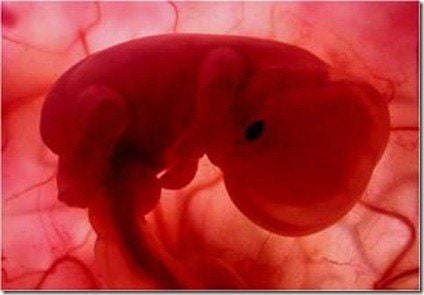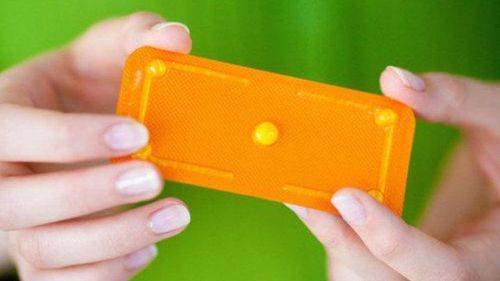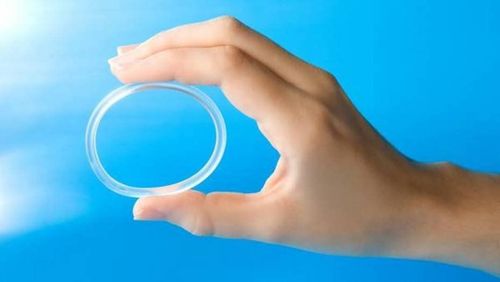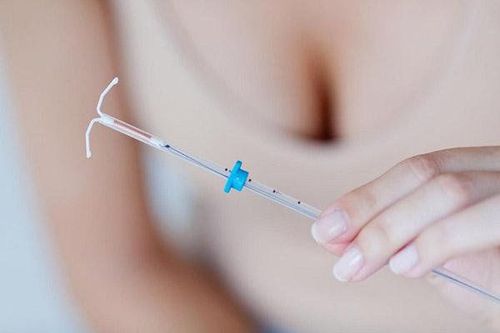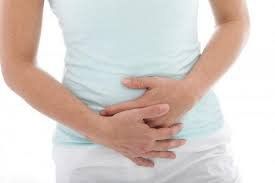This is an automatically translated article.
The article was professionally consulted by Specialist Doctor II Pham Thi Tuyet Mai - Obstetrician and Gynecologist - Department of Obstetrics and Gynecology - Vinmec Hai Phong International General Hospital.1. Possibility to conceive after giving birth
The ability to conceive will depend on the time when menstruation returns in a woman's body. After giving birth at 6 weeks, a woman's body will return to normal. Menstruation will return depending on whether you are breastfeeding or not. If a woman is exclusively breast-feeding, her period will appear from 6 weeks onwards, whereas if she does not breastfeed, her period will return between 3 and 4 weeks after giving birth. Initially, it will be a preterm period, after 3 months of menstruation, the menstrual cycle will be stable again. Note that ovulation can occur before menstruation.
Starting to ovulate means being able to conceive soon after giving birth. Therefore, during this period, if women have sex, they need to use birth control after giving birth.
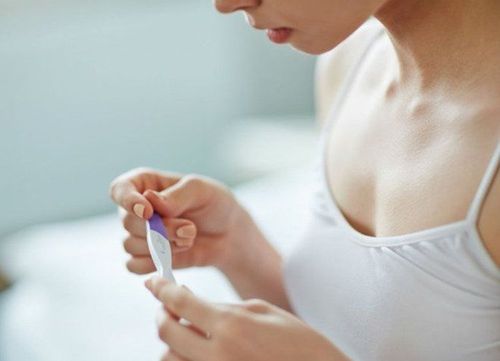
2. What contraceptive should be used after giving birth?
Experts recommend that postpartum women who are breastfeeding should use non-hormonal methods of contraception because this will not affect breast milk supply. Some non-hormonal methods of contraception can be mentioned as: amenorrhea while breastfeeding, condoms, IUDs. Some other uncommon methods such as diaphragm, cervical cap, spermicide...Trắc nghiệm: Bạn đã biết cách tránh thai an toàn chưa?
Có rất nhiều biện pháp tránh thai an toàn nhưng không phải ai cũng biết được điều đó. Trả lời đúng những câu hỏi trắc nghiệm dưới đây chứng tỏ bạn có kiến thức tốt về các biện pháp ngừa thai an toàn.3. Safe postpartum contraception while breastfeeding
As noted above, the best postpartum contraception while breastfeeding are those without hormones.
3.1. Method of amenorrhea while breastfeeding This is one of the postpartum contraceptive methods applied by many women. According to the recommendations of the Ministry of Health, the method of breastfeeding amenorrhea is a temporary method, not highly effective, and should not be recommended for those who easily conceive.

The advantages of this method are: simple, easy to implement, no side effects, no cost, no effect on sex, no effect on milk supply for the baby and the whole body.
How does lactation amenorrhea prevent conception? Lactation and sucking affect the way your body produces hormones. Specifically, it inhibits the hormones FSH and GnRH (2 hormones that stimulate the maturation of eggs leading to menstruation). When the baby is breastfed, the mother's body will secrete a hormone called prolactin - this hormone will inhibit FSH and GnRh, thereby inhibiting ovulation and not having a period.
Conditions for successful lactation amenorrhea contraceptive method include:
Exclusive breastfeeding. Women who have not menstruated within 56 days of giving birth. Have a child under 6 months old. Breastfeed exclusively and do not use a breast pump. Because the baby's sucking action plays an important role in this contraceptive. The interval between each feeding should not exceed 4 hours during the day and no more than 6 hours at night. Breastfeed whenever your baby wants. It is necessary to maintain breastfeeding even when both mother or baby are sick, other than breast milk, the child does not eat or drink anything else.
It is necessary to switch to another method of contraception if:
Menstruation returns (excluding bleeding in the first 6 weeks postpartum). The mother is not exclusively breast-feeding or has given the baby complementary foods. Have a baby over 6 months old. Use of the drug during lactation. When newly discovered infectious diseases such as viral hepatitis, HIV ... Absolutely contraindicated in the following cases:
The mother is taking drugs that are contraindicated while breastfeeding such as: anticoagulants. , anti-metabolites, bromocriptine, high-dose corticosteroids, ergotamine, lithium, antidepressants and drugs with radioisotopes. The baby's condition affects breastfeeding: the baby has a foreign body in the mouth, pharynx area, the baby is born prematurely or is small for the gestational age that needs special care and the baby has digestive disorders.
3.2. IUD insertion An IUD is an effective method of birth control that does not affect breast milk, suitable for women who are breastfeeding.
The earliest time to insert an IUD is after the first 6 weeks after giving birth. But if you have a caesarean section, you should wait 6 months before ordering. The IUD should not be inserted too soon after giving birth, let the uterus be restored to its normal size.
If your period returns 3 months after giving birth, you can put an IUD in after your period stops. If you have not had a period for 3 months after giving birth, you need to check again to see if you are pregnant soon or not. After that, you will be injected with progesterone continuously for 3 days to wait for bleeding, after the bleeding stops, the ring will be inserted, not later than 7 days.
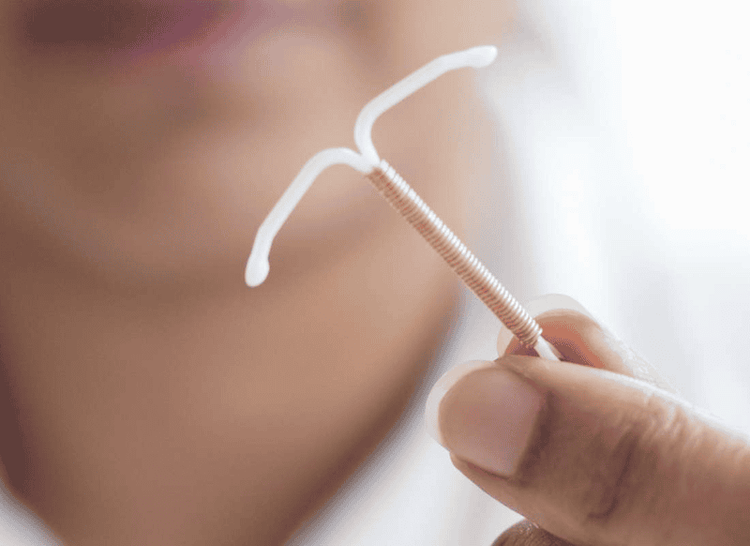
3.3. Condom birth control This is the most common and effective method of birth control. For women who are breastfeeding, you can use a condom soon after giving birth, use it for the first time when you have sex again, completely without affecting breast milk.
Above are some effective postpartum contraception for women, safe, easy to implement and do not affect the milk supply for the baby. Before deciding to use any method of birth control after giving birth, it is necessary to consult a doctor carefully.
Please dial HOTLINE for more information or register for an appointment HERE. Download MyVinmec app to make appointments faster and to manage your bookings easily.





